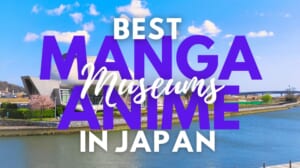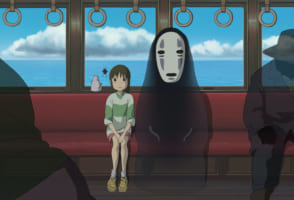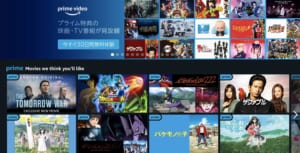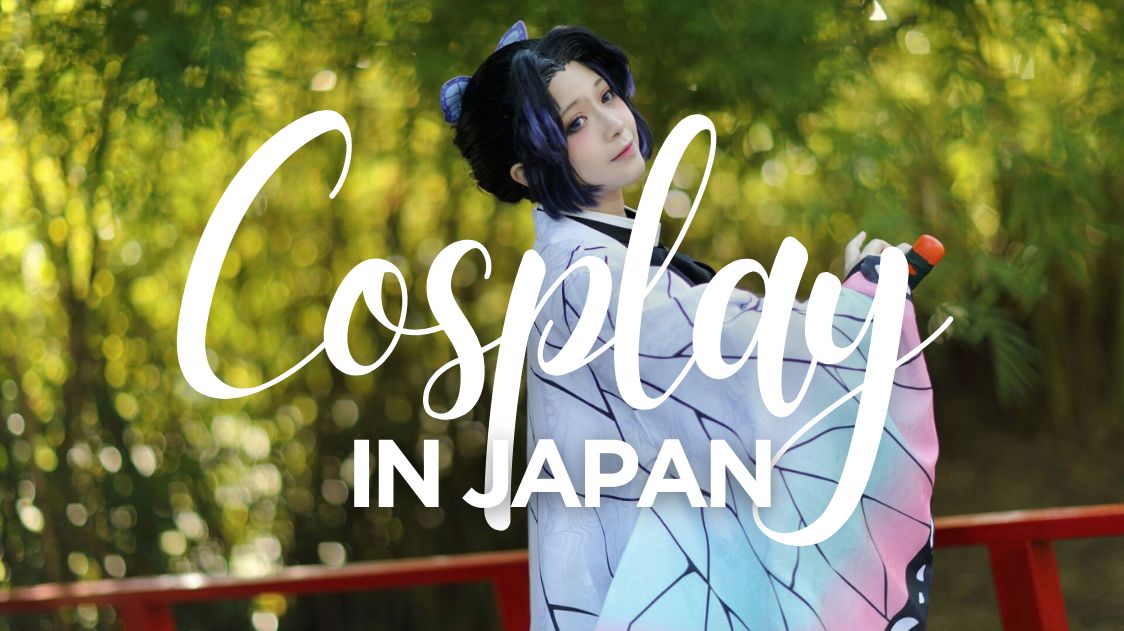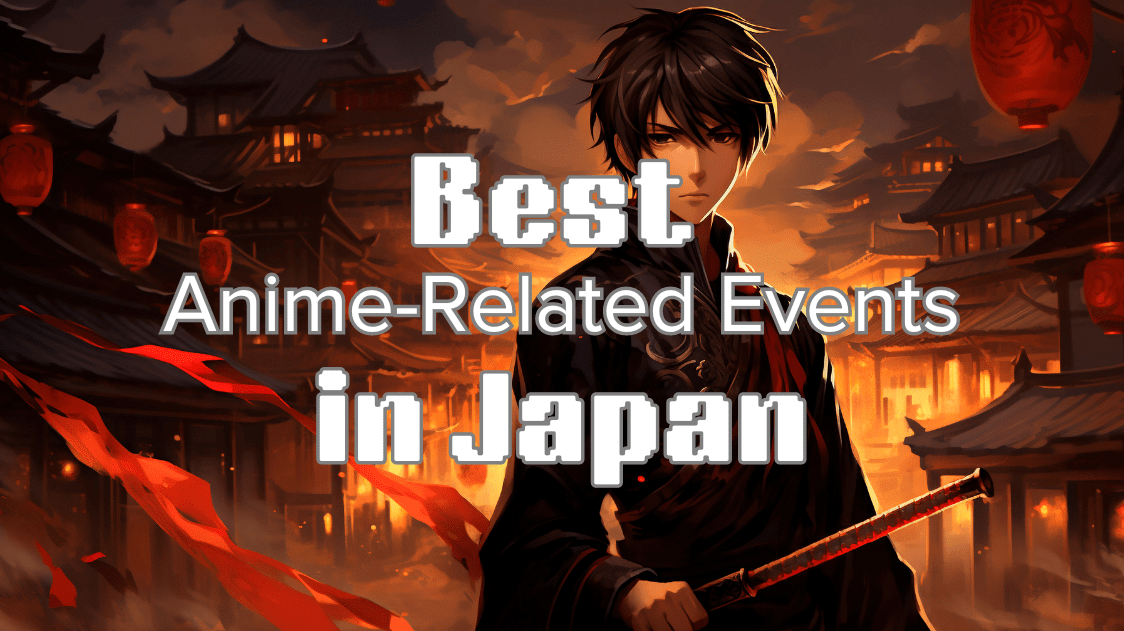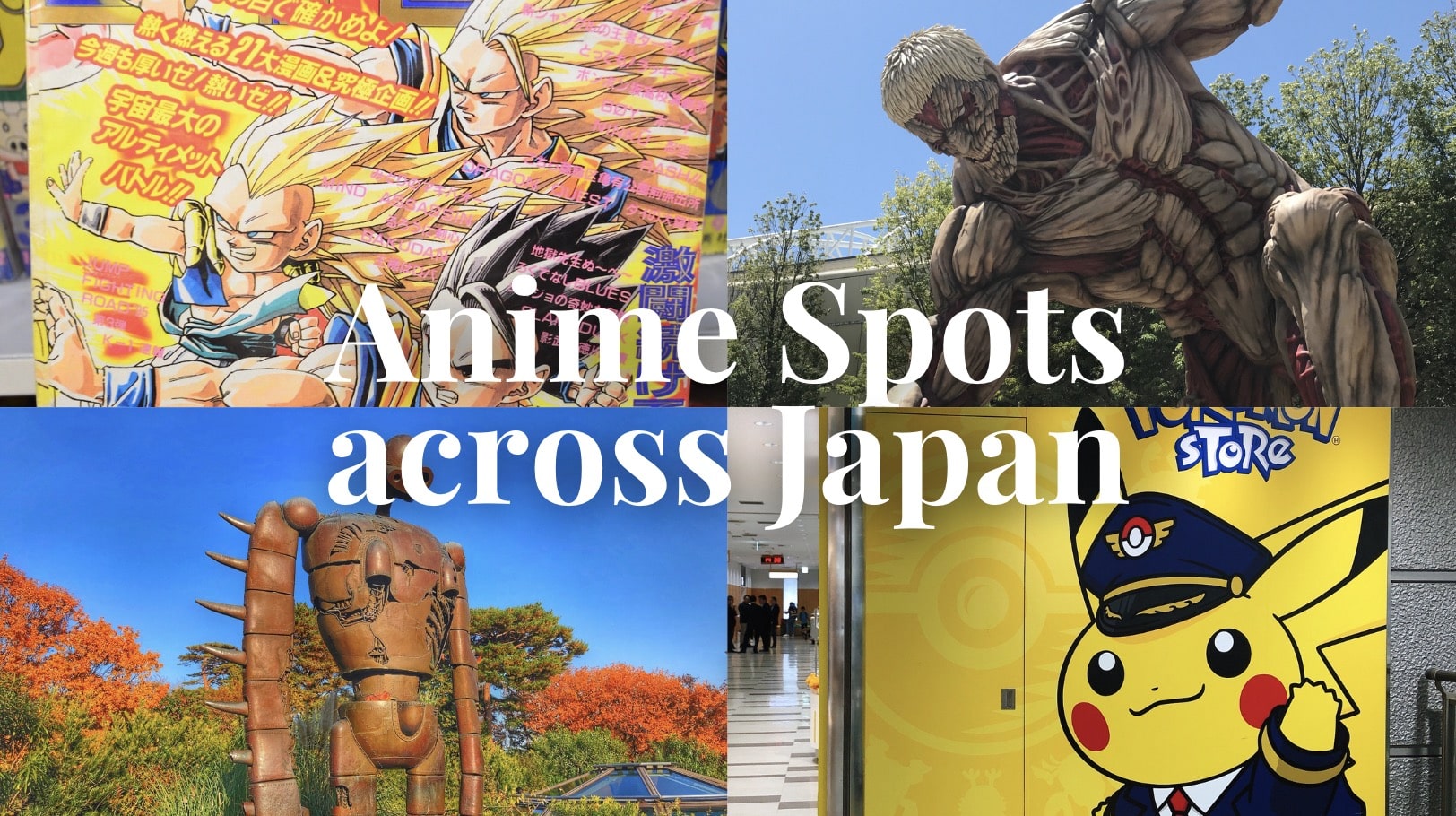What is Anime?
Anime 101: What You Need to Know About Japanese Animation
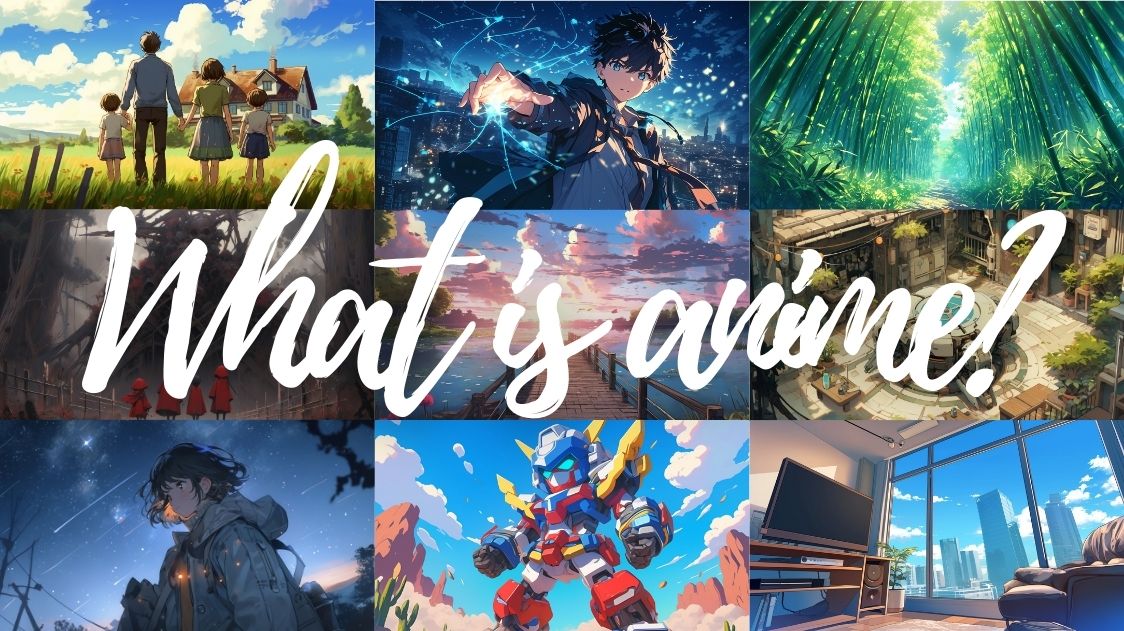
Anime—if you’ve ever turned on the TV or browsed the internet, chances are you’ve seen it. It’s that unmistakable style of animation from Japan with big-eyed characters, wild hair, and over-the-top action scenes. But there’s a lot more to anime than just flashy visuals and epic battles; it’s an entire world of storytelling that ranges from heartfelt romances to deep, psychological thrillers.
Are you already hooked or just hearing about it? Anime has been captivating audiences for decades, both in Japan and around the world. So, what exactly is anime, and why is everyone talking about it? Let’s break it down!
What Does Anime Mean in Japanese?

In Japan, the word anime (アニメ) isn’t some magical term reserved for a special genre—it’s just their way of saying “animation.” Yep, that includes everything from Western cartoons like SpongeBob or Disney classics to Ghibli masterpieces. So, if you’re in Japan and say “anime,” they’re probably thinking of any animated show or film, not just the big-eyed, colorful characters we associate with it abroad.
But here’s the thing: outside Japan, “anime” has become a term that only refers to Japanese animation. So when someone talks about anime in places like the US or Europe, they’re usually thinking about popular Japanese shows like Demon Slayer or One Piece, with more complex or dramatic storylines and detailed art style.
Basically, it’s a word that’s taken on a whole new meaning once it left Japan. So, anime must not be thought of as a genre but simply everything that’s made under the animated medium, be it a heartwarming slice-of-life, absurd comedy or an intense mecha battle. But if it’s from Japan, it’s anime to the rest of the world!
Is It Anime If It’s Not From Japan?
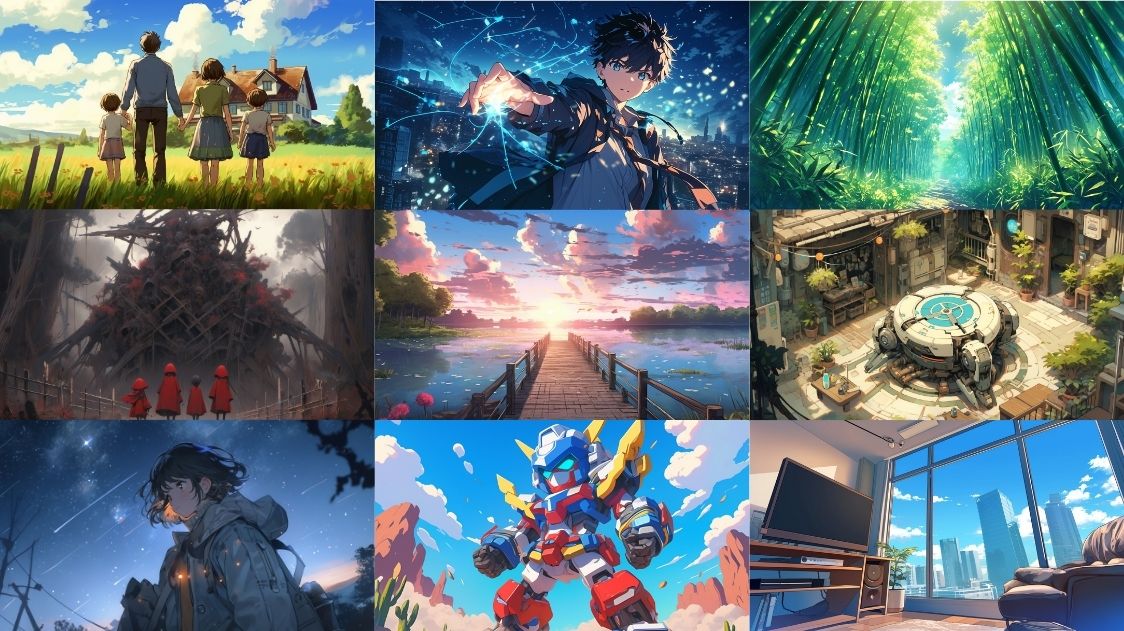
Here’s where things get a bit tricky. You’ve probably come across shows like Avatar: The Last Airbender or Castlevania and thought, “This looks just like anime, right?” But here’s the catch: generally, “anime” refers to animation made in Japan. So even though these shows have all the visual hallmarks of anime—big expressive eyes, intense action, and intricate world-building—they don’t quite fit the usual definition since they weren’t made in Japan.
Now, does that mean they’re not anime at all? That depends on who you ask! Some people argue that “anime” is a style rather than a geographical label, meaning anything with that specific aesthetic could qualify. Others are die-hard purists who say if it’s not made in Japan, it’s just not anime. And then, as explained previously, if you ask the average Japanese person, they will just say that “anime” is just any work of animation regardless of place of origin. So as you can see, there is no 100% correct answer here.
But don’t let this debate stop you from enjoying some incredible non-Japanese shows that clearly take inspiration from anime. In fact, the lines have blurred more than ever, with studios from all over the world collaborating with Japanese creators. Some might call them anime-inspired or anime-adjacent, but undoubtedly, the main thing is they’re still great shows that have captured the magic of Japanese animation.
Is Anime Japanese or Korean?
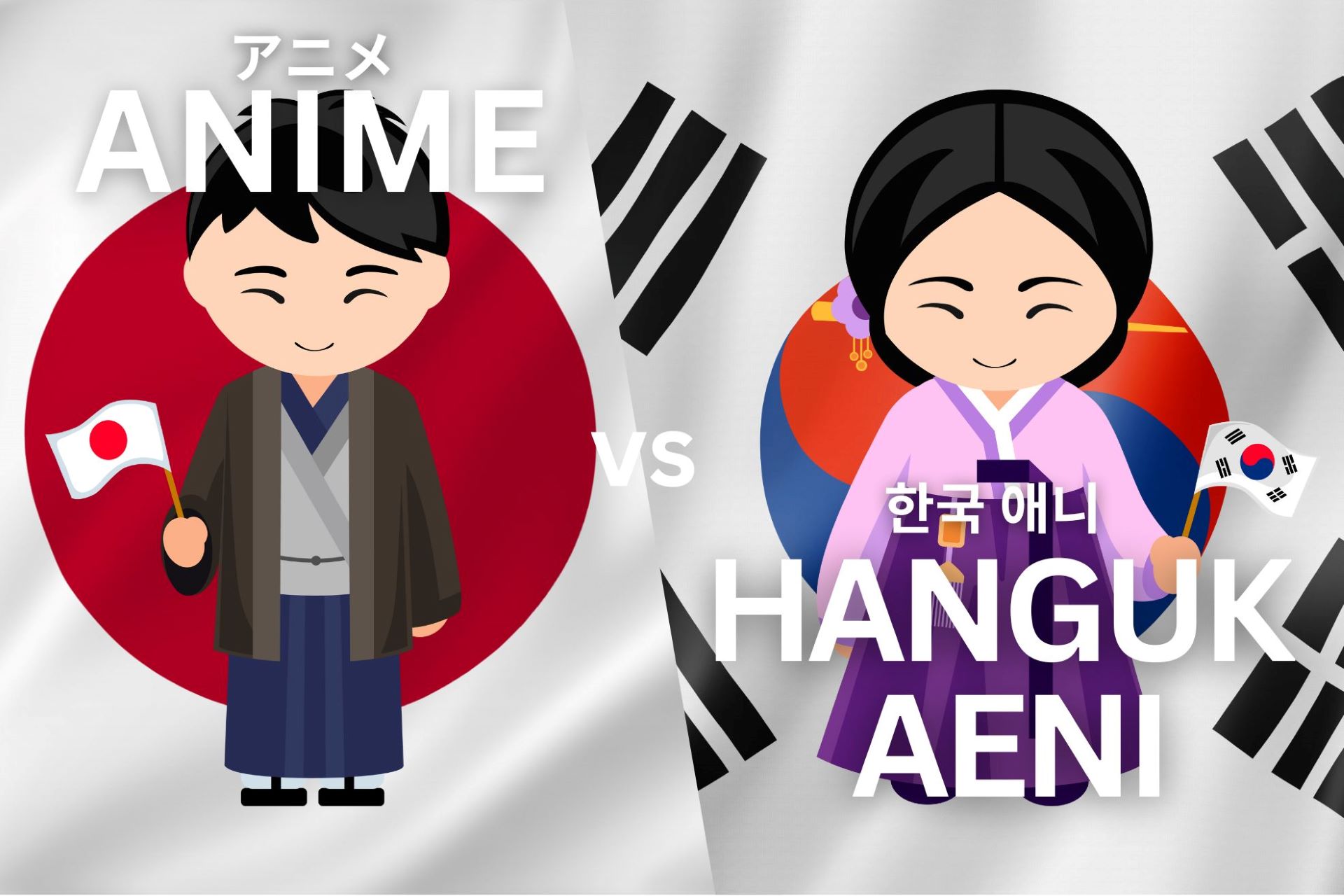
It has its roots firmly in Japan, dating back to the early 20th century with influences from traditional Japanese art and early Western cartoons. Shows like Astro Boy (1963) helped establish anime’s iconic style, and since then, Japan has been the birthplace of the entertainment phenomenon we all recognize today.
The Korean animation industry is heavily influenced by anime but they want you to refer to them by their own name: Hanguk aeni (한국 애니) which literally means “Korean animation.” They also have their own term when it comes to comics, which is manhwa, to differentiate from Japanese manga.
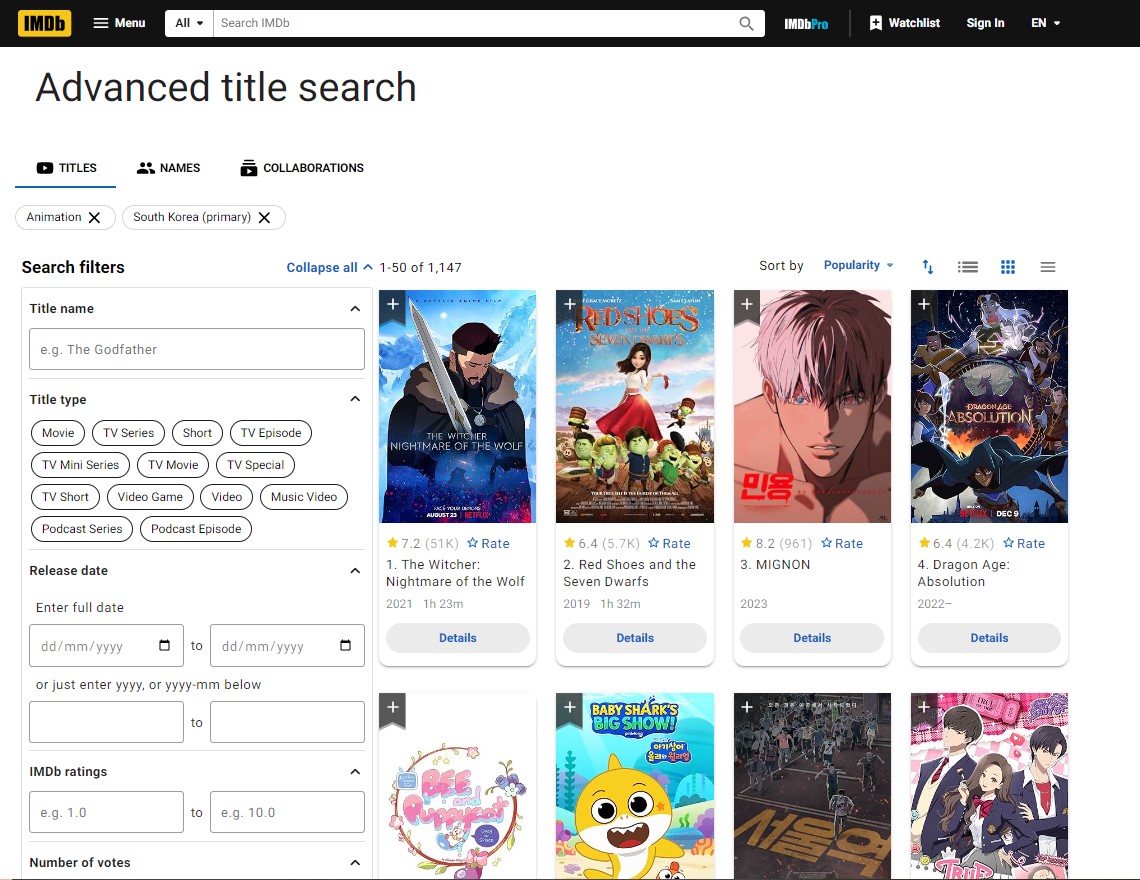
That said, Korean animation has been on the rise, especially with the boom in the global popularity of Korean pop culture. Shows like Solo Leveling or Tower of God are great examples of Korean animated series that have gained international attention. These shows resemble anime in style because of how influential anime is, but they are their own thing.
The bottom line? Anime comes from Japan. Korean animation, while amazing in its own right, is a separate (albeit related) phenomenon. Both have their unique vibes, but when you talk about anime in the traditional sense, you’re talking about something that’s unmistakably Japanese.
Why Is Anime So Popular in Japan?
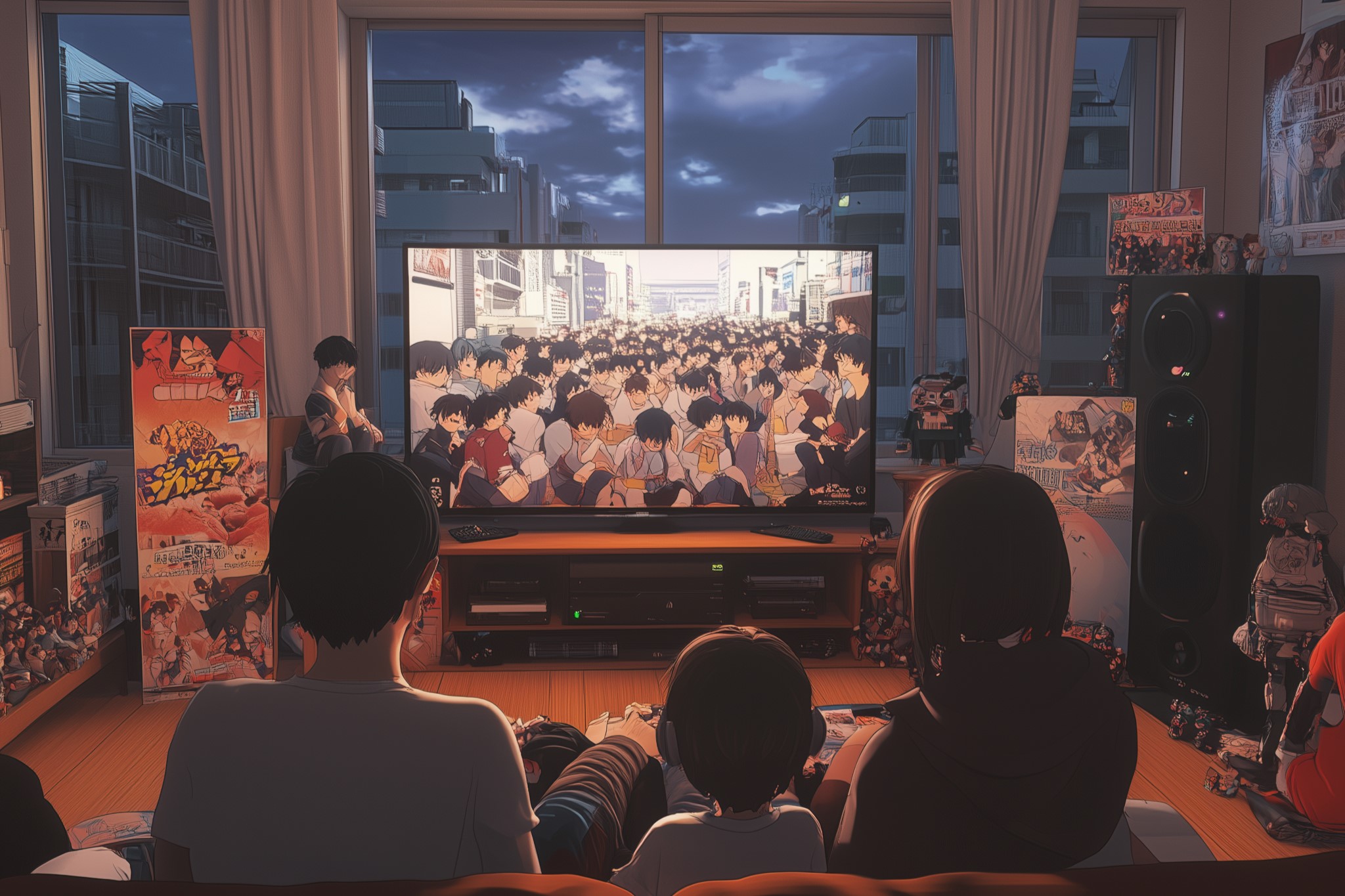
First, anime has something for everyone in Japan. Western cartoons still remain largely limited by narrow cultural notions and are often aimed squarely at kids, but anime spans all age groups. Kids grow up with shows like Doraemon, but adults can get equally hooked on more mature stories like Cowboy Bebop, Frieren or Monster. Anime spans everything from light entertainment to deep themes, including politics, relationships, and even the meaning of life.
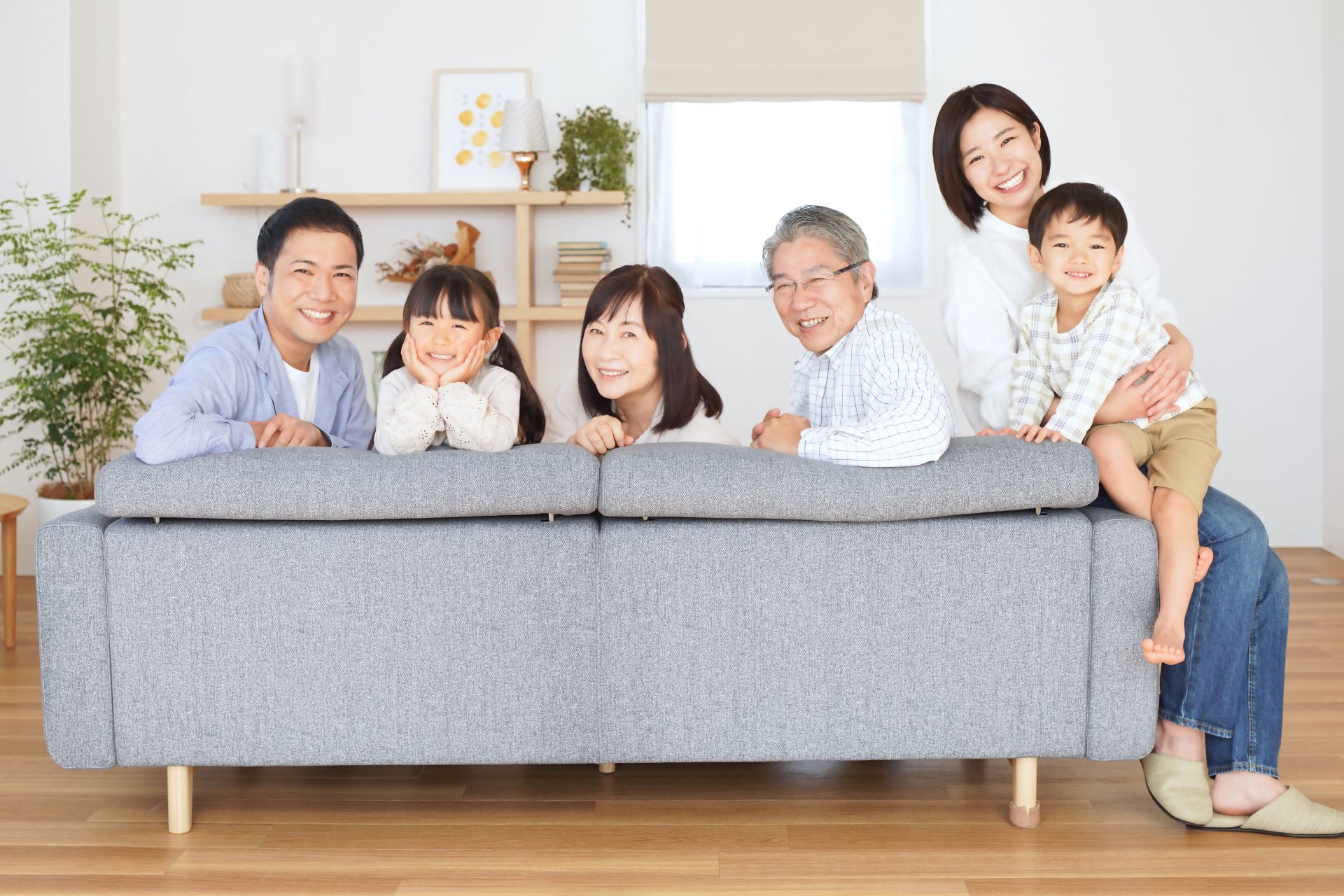
Another reason anime is huge in Japan is because it reflects the culture’s love for detailed, immersive storytelling. It can be a magical fantasy world or a slice-of-life story set in modern Tokyo, anime dives deep into its characters and settings. That emotional depth keeps viewers hooked, and with countless genres, there’s always something new to explore. Are you into sports? sci-fi? horror? or even cooking? just plain romance? there’s a huge list of anime for you to choose from. You can even use it to help you learn Japanese!
So, what is anime? At its core, it’s Japan’s unique spin on animation, but it’s grown into something much bigger—an art form and a cultural phenomenon that has captivated audiences worldwide. As a medium of expression, anime has a range of experiences equivalent to any other form of entertainment as literature or film. Time to start exploring—you’ve got thousands of shows to dive into!
Psst, you can start over here for a good selection: 30 Best Anime of All Time & 10 Best Anime Movies for Beginners.
▽Subscribe to our free news magazine!▽
For more information about entertainment and traveling in Japan, check these articles below, too!
▽Related Articles▽
▼Editor’s Picks▼
Written by
Photographer, journalist, and avid urban cyclist, making sense of Japan since 2017. I was born in Caracas and lived for 14 years in Barcelona before moving to Tokyo. Currently working towards my goal of visiting every prefecture in Japan, I hope to share with readers the everlasting joy of discovery and the neverending urge to keep exploring.





